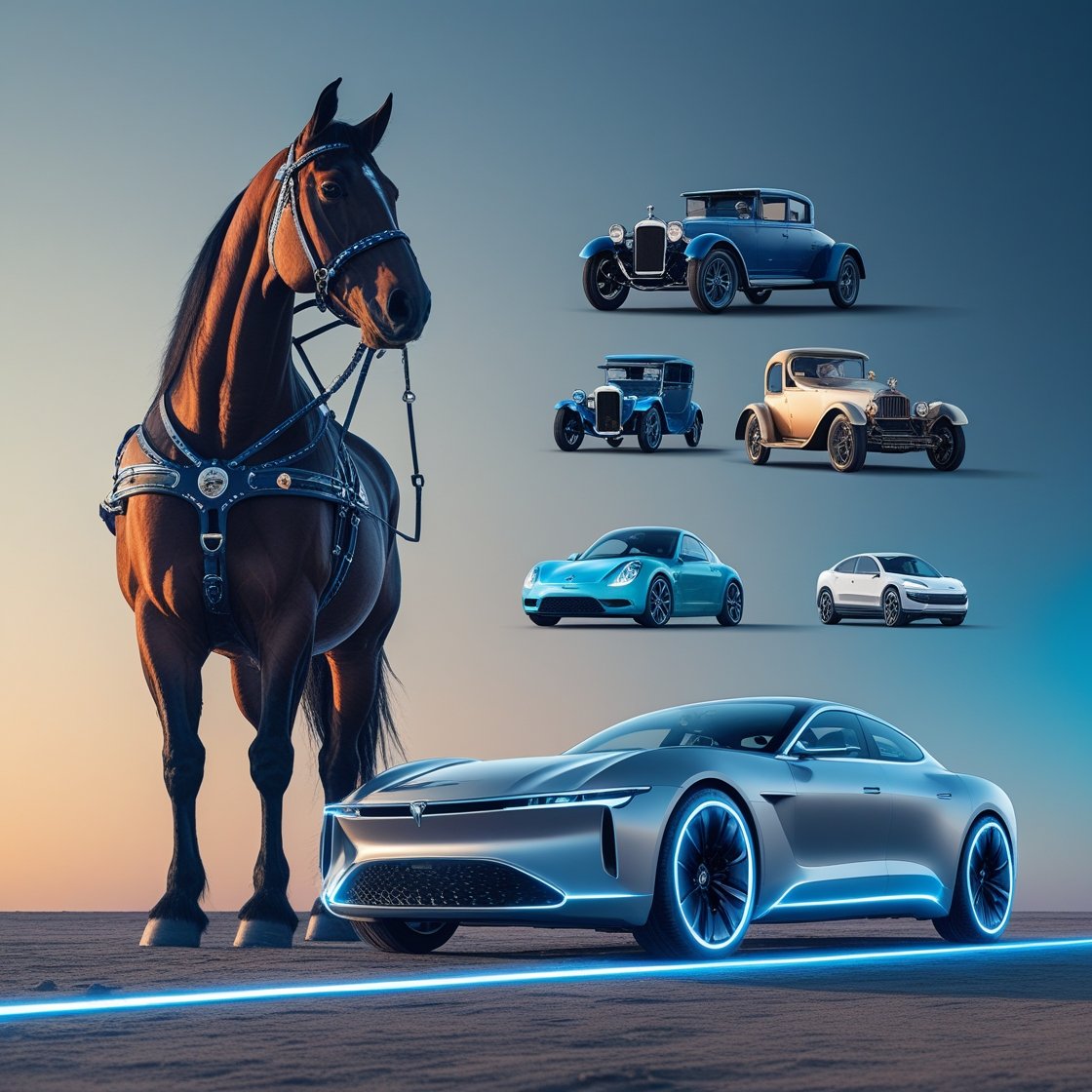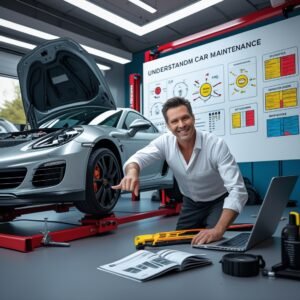
The automobile has revolutionized the way we travel, live, and connect with the world. But have you ever stopped to think about how far we’ve come? From horse-drawn carriages to fully electric vehicles, the evolution of the automobile is a fascinating story of innovation, determination, and vision. Whether you’re a car enthusiast or just someone curious about the history of transportation, this post will take you on a compelling journey through the milestones that transformed how we move.
From Horses to Engines: The Birth of the Automobile
Over two centuries ago, transportation relied on horsepower—literally. Horse-drawn carriages dominated roadways, and while they served their purpose, they were far from efficient. Enter the late 19th century, a time of rapid industrial progress, where inventors began experimenting with steam, gas, and other innovative technologies to replace horses with machines.
The Steam-Powered Revolution
One of the earliest pioneers in automotive technology was the steam engine. Inventors like Nicolas-Joseph Cugnot, in 1769, introduced steam-powered vehicles capable of short bursts of movement. While groundbreaking, these vehicles were impractical due to their size, weight, and the need for constant stops to replenish water for steam production.
Enter Gasoline and the Internal Combustion Engine
The definitive turning point came in the late 19th century when Karl Benz, in 1886, introduced the Benz Patent-Motorwagen, widely regarded as the first “modern car.” Powered by an internal combustion engine fueled by gasoline, his invention marked the dawn of a new era. The compact design, reliability, and accessibility of gasoline vehicles ensured their dominance.
Mass Production and the Affordable Automobile
While early cars were groundbreaking, they were far from affordable. Enter Henry Ford, a visionary who recognized the potential of mass production.
The Ford Assembly Line
Ford revolutionized automobile manufacturing with the introduction of the moving assembly line in 1913. By producing cars at scale, he significantly reduced costs and made vehicles like the iconic Model T accessible to middle-class families. By 1927, more than 15 million Model Ts had been sold—a staggering achievement at the time.
Social and Economic Transformation
Affordable cars didn’t just change transportation; they changed society. People could now travel farther for work, leisure, and personal connections. Suburbs expanded, tourism flourished, and entire industries—oil, rubber, and steel—thrived as a direct result of the automobile’s growing popularity.
Post-War Innovation and the Birth of Modern Vehicles
After World War II, the automobile industry experienced a technological renaissance. Manufacturers raced to outperform each other with sleeker designs, powerful engines, and enhanced features. This period gave birth to muscle cars, sports cars, and family-friendly station wagons.
Safety Takes the Spotlight
Automobiles became faster and more powerful, but this also brought increased accidents. By the mid-20th century, safety became a key focus. Seatbelts, airbags, and advanced braking systems emerged as manufacturers began prioritizing passenger protection alongside performance and style.
The Oil Crisis and Fuel Efficiency
The 1970s oil crisis highlighted the need for fuel-efficient vehicles, prompting a shift in focus toward smaller cars with better mileage. Japanese manufacturers like Toyota and Honda rose to prominence by producing vehicles that met these needs, altering the competitive landscape of the global automobile market.
The Electric Dream
While electric vehicles (EVs) may seem like a recent trend, their history dates back to the late 19th century. Early EVs were fairly popular due to their quiet operation and ease of use compared to gasoline cars. However, limited battery technology, combined with the rise of the internal combustion engine, led to their decline.
The Tesla Effect
Fast-forward to the 21st century, and EVs are making a triumphant comeback, thanks largely to technological advancements and environmental awareness. Companies like Tesla have redefined the electric vehicle market by making EVs desirable, high-performing, and stylish.
Why EVs are the Future
- Environmental Benefits: EVs produce zero tailpipe emissions, helping combat air pollution and climate change.
- Cost Efficiency: Although the upfront costs can be higher, EVs are cheaper to maintain and operate in the long run.
- Government Incentives: Tax breaks, rebates, and infrastructure development (e.g., charging stations) are accelerating EV adoption worldwide.
Major Automakers Join the Race
Tesla may have paved the way, but established giants like Ford, General Motors, and Volkswagen are now racing to dominate the EV space. Innovations in battery technology, such as solid-state batteries, promise to further accelerate the transition from gasoline to electric.
Autonomous Vehicles and What Lies Ahead
Looking beyond EVs, the automobile industry is on the brink of yet another revolution—autonomous or self-driving vehicles. Companies like Waymo, Tesla, and traditional automakers are investing heavily in artificial intelligence and machine learning to create cars that can drive themselves.
Potential Transformations
- Reduced Accidents: AI-driven vehicles could significantly reduce road fatalities caused by human error.
- Improved Traffic Flow: Autonomous cars could optimize traffic patterns, reducing congestion and travel times.
- New Ownership Models: With ride-sharing and autonomous fleets, owning a car may become a thing of the past.
Facing Challenges
While the future of automobiles is exciting, challenges remain. Battery disposal for EVs, cybersecurity threats for autonomous vehicles, and the high costs of new technology are hurdles that the industry must address. Collaboration between automakers, governments, and tech companies will be key to overcoming these obstacles.
From Horses to High-Tech
The evolution of the automobile is a story of relentless innovation. What began as a quest to replace horses has turned into one of humanity’s most significant achievements, touching every aspect of our lives and economy. The current shift from horsepower to electric power and beyond marks just another chapter in this remarkable history.
Whether you’re driving a gas-guzzling muscle car or a sleek EV, it’s impossible not to marvel at how far we’ve come—and how much further we’re set to go.

